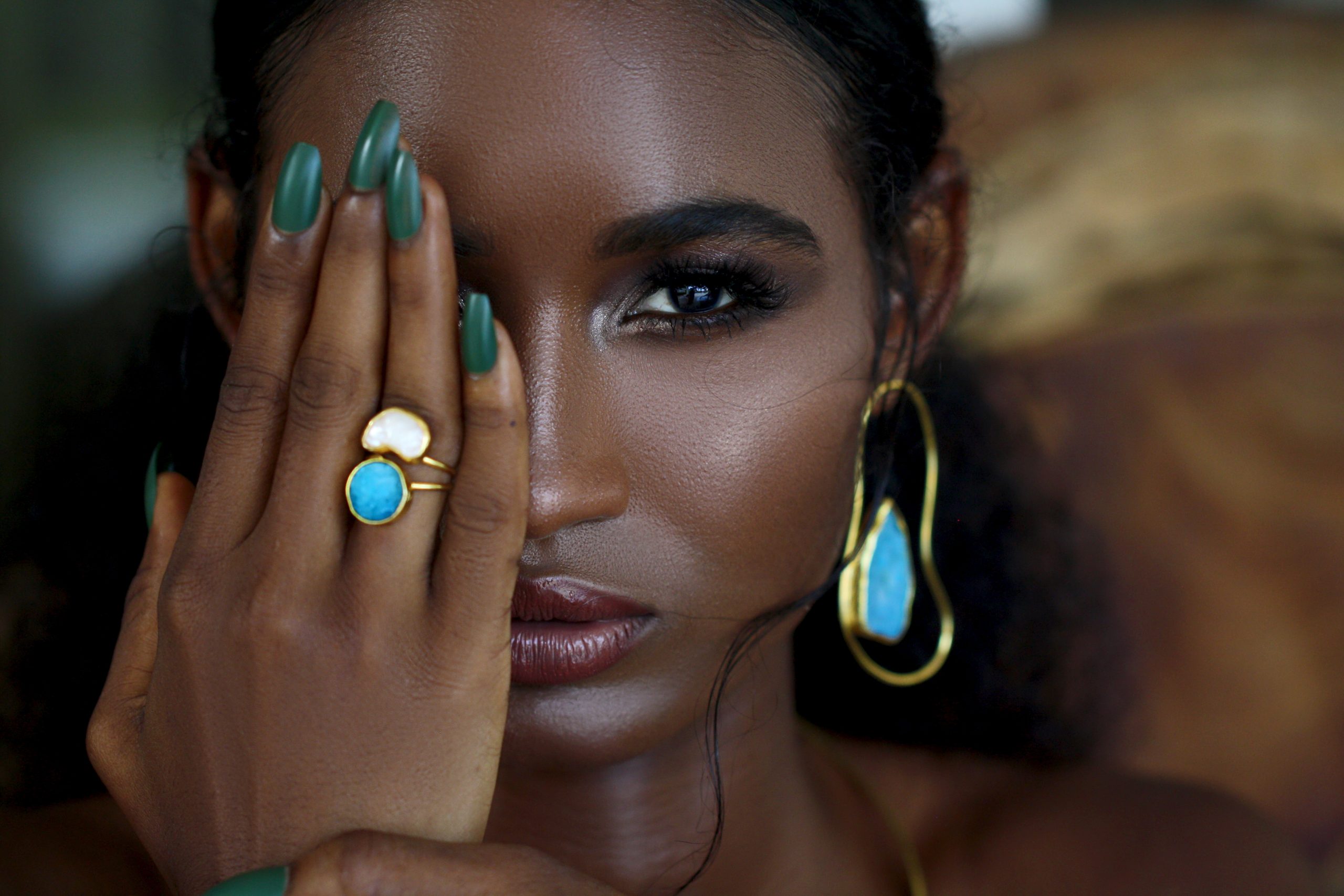
From Concept to Glamour: How African Jewellers Create Stunning Statement Jewelry
In the vibrant tapestry of African fashion, statement jewelry and accessories stand tall as bold expressions of cultural identity and individuality. These eye-catching adornments not only enhance an outfit but also carry the rich heritage and artistry of the continent within their intricate designs. Delving into the world of African jewelers, we unravel the secrets behind the creation of these stunning statement pieces.
In this article, we have spoken with three exceptional African jewelers, each with a unique perspective and artistic flair; Halina Hamalambo of Halina Mutinta, Akebehi Kpolo, Creative Director of Ohiri Studio, and Raya Jewellery.
From the bustling streets of Lagos to the shores of Abidjan, these artisans have honed their skills, drawing inspiration from their cultural roots, personal experiences, and the mesmerizing landscapes surrounding them.
Our exploration begins by explaining the essence of statement accessories as seen through the eyes of these gifted jewelers. What does it mean to them? Why are these adornments pivotal in African fashion? Their responses offer us insights into the significance of these embellishments in style and self-expression.
Statement Accessories in African Fashion
“Statement accessories are a self-expression of creativity and identity, a concept celebrated for centuries. I believe they make a powerful personal statement without speaking, more than just a fashion statement – an expression of our deepest selves, honoring traditions while communicating something about yourself on an individual level,” says Halina.
She continued, “Jewellery tells stories about our heritage and reflects the current times, like gemstones presented with a symbolic meaning related to family, weddings, milestones, and so on. I find so much beauty within African fashion and its traditional roots – although these traditions are changing with modern influences, they still live on in many places across Africa – this resonates with me.”
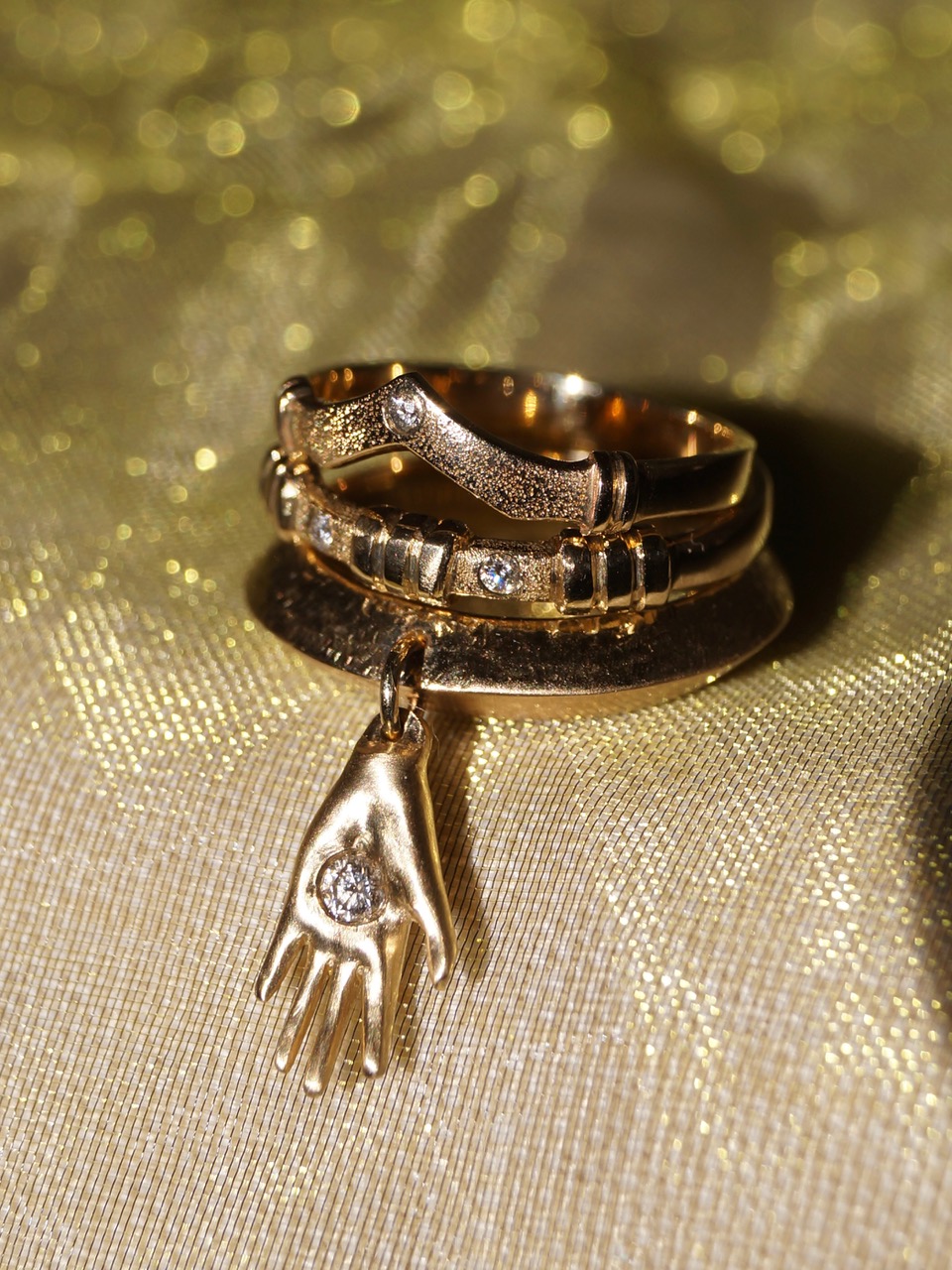
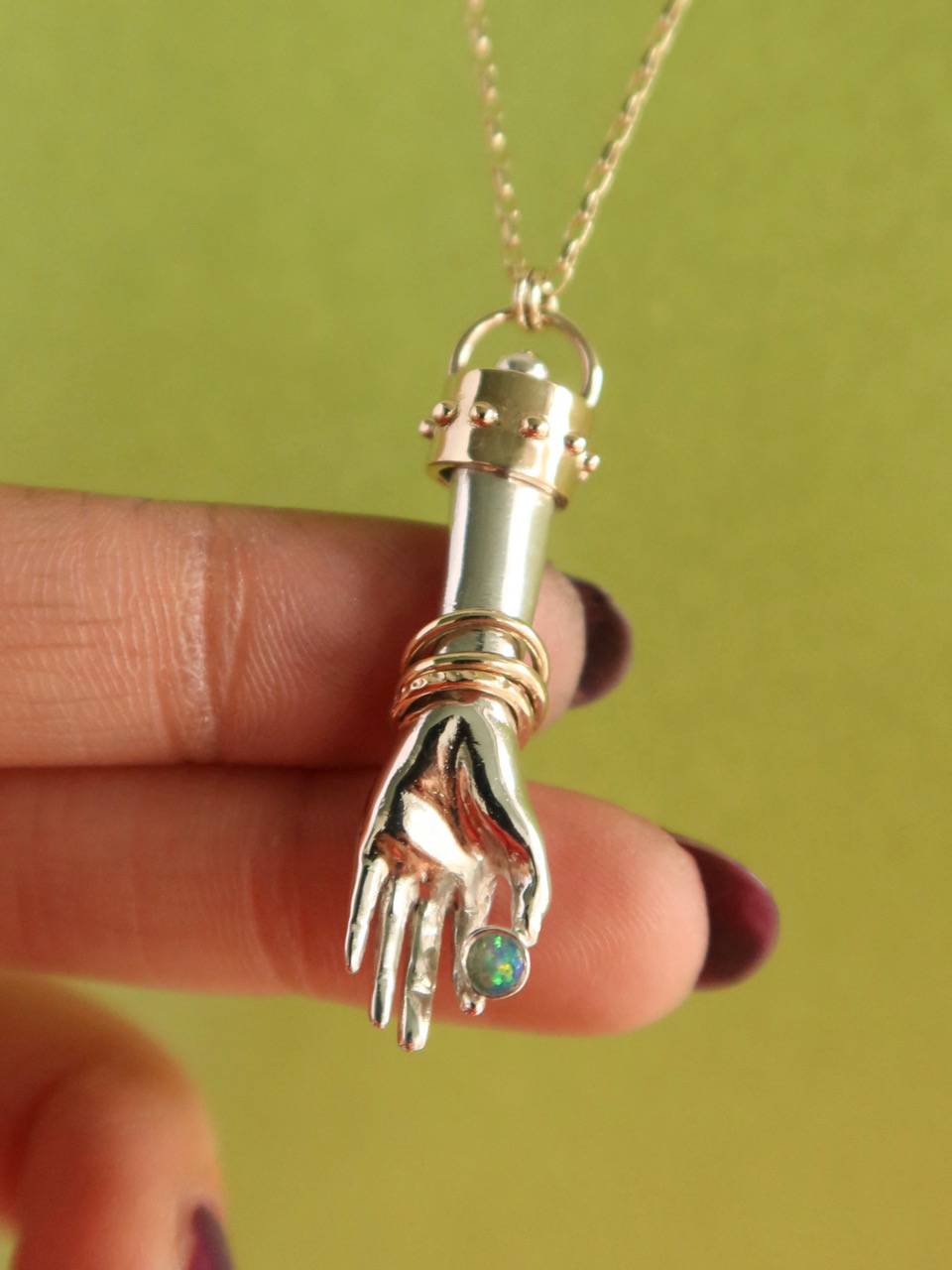
For Akebehi Kpolo, a statement accessory is a unique piece that helps the wearer portray who they are through their outward appearance. Generally, due to its boldness and uniqueness, it catches your eye before the outfit does.
“Statement accessories are important in African fashion. They allow us to make uncompromising statements about who we are and what we value. They allow us to tell a story without taboos, barriers, and limits.”

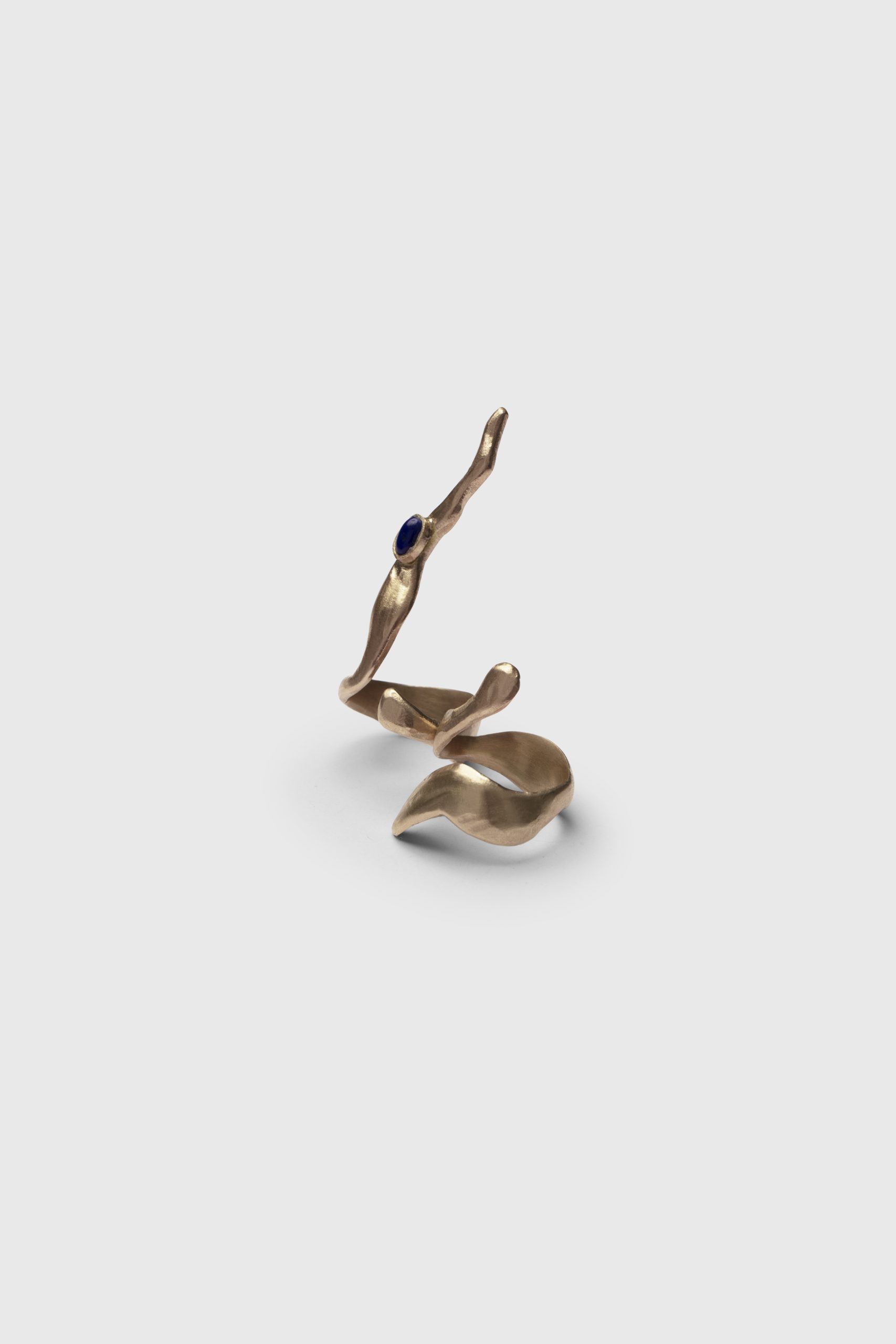
“We tend to think of a fashion statement as a full outfit; usually the idea of saving a dress for a big occasion, whether as a wedding guest or birthday outfit. We think about statements as large and almost overpowering, which is why we plan meticulously how to wear them so they make a splash. The beauty of statement accessories is in their power to brighten and lift an outfit on any day, whether you’re popping to the supermarket or running errands.”, Raya explains.
“You can add a beautiful statement pair of earrings or bracelet to a pair of jeans and a T-shirt as well as with a ball gown. Its ability to translate within the confines of each person’s life is the true beauty of a statement accessory, no matter where you’re going or what the occasion is.”
“Statement accessories are important in any fashion region or culture, but specifically in African fashion because when you think of many African cultures, the boldness of our prints and the brilliance of colors we favor come to mind. Many fabulous ladies will match their accessories to their prints, Ankara or Kente. We innately want to boost whatever we wear with the colors and fun we are used to having from our own cultures and jewelry is an easy way to add that extra flavor to a piece of wearable art.”, Raya.

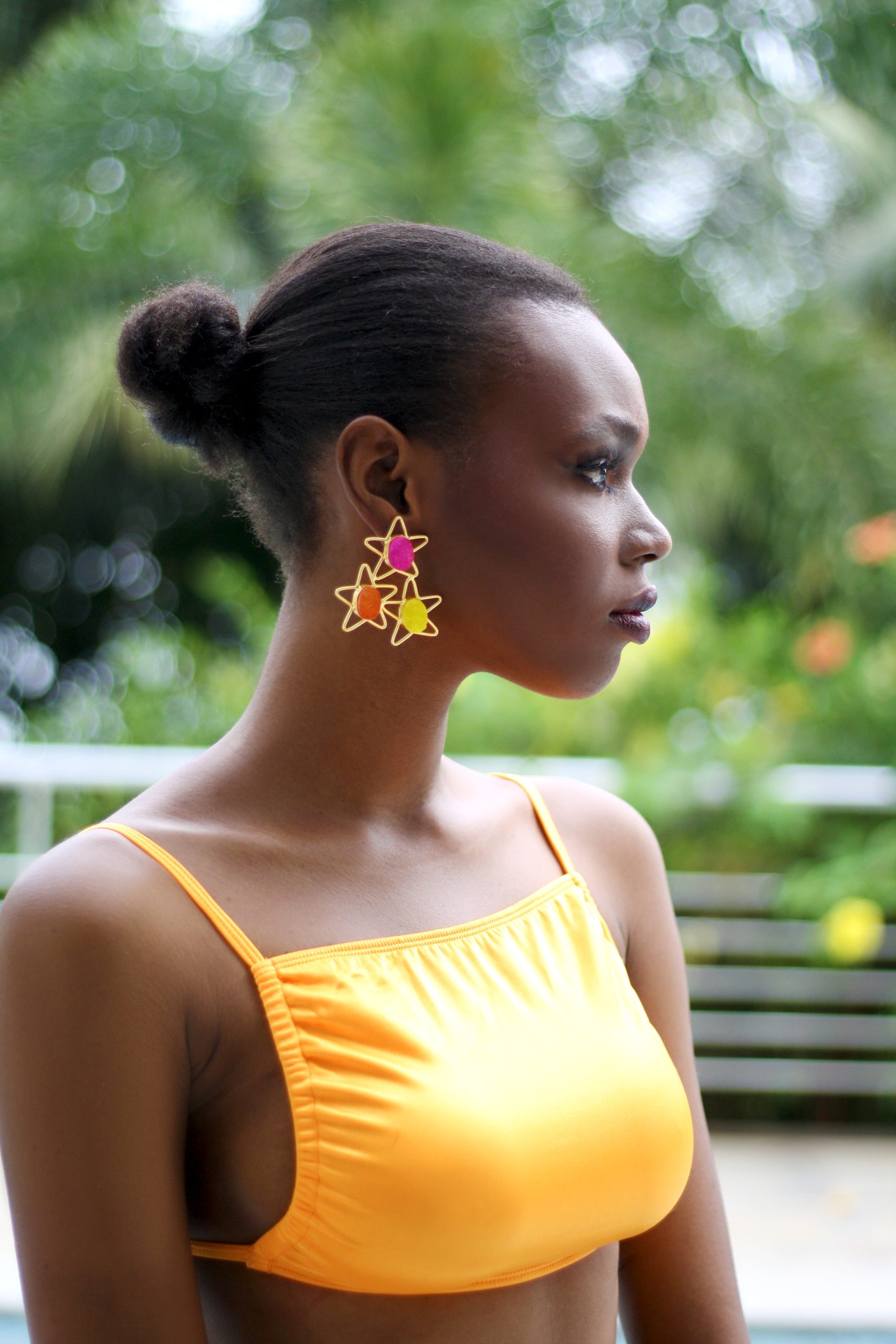
As we move ahead, we uncover each jeweler’s extraordinary design style, influenced by their personal experiences and rich African heritage. They blend tradition and innovation in a harmonious dance, creating statement accessories that reflect their unique identity.
Unveiling Design Styles and Cultural Influences
“My jewelry design style is personal and has progressed naturally over the years reflecting a range of my life experiences. I started making jewelry years ago through inspiration from nature, and now from my journey. I made a human tooth necklace as a homage to the years I worked as a dental nurse before finally embracing the more creative path of being a jeweler.”, Halina said.
“More recently, my style has developed a combination of blending ancient jewelry, indigenous art, and indigenous pattern work with a modern style to classic designs, as well as symbolic motifs taken from intuitive ideas. I try to incorporate the significance of symbols and nuances of life into my work and I love to keep it playful. Experimenting with unusual or traditional combinations, I push myself to think of something unexpected – playing with different shapes and materials is an exciting experience.”
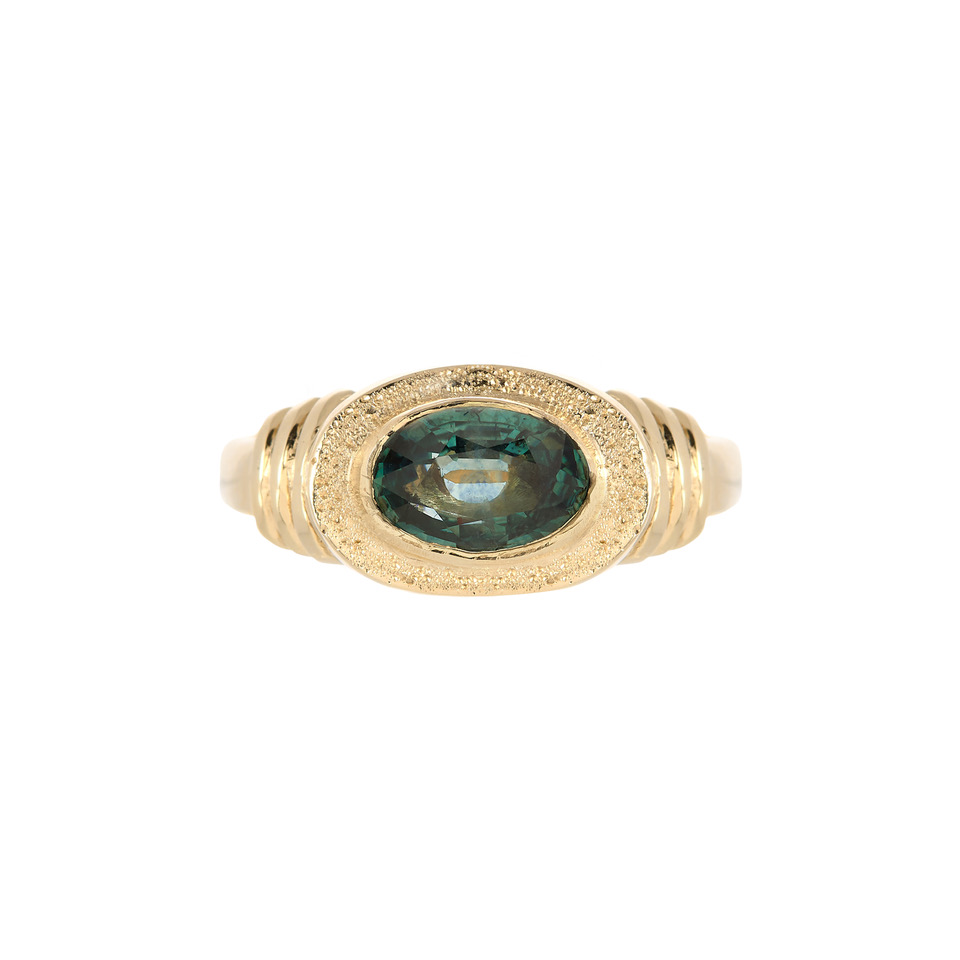

For Akebehi Kpolo, born and raised in Abidjan, Côte d’Ivoire, in a family where the preservation of their cultural heritage, as Africans, was very important, she understood at a young age the need to preserve our African cultures & traditions by making them known so that people will understand and grasp their value and importance.
“For me, jewelry is a conduit for bigger discussions around self and all that we could collectively be. A way to start a conversation, share my vision, and tell my story. Through OHIRI I present my multicultural heritage and the diversity of our Savoir-Faire. I make objects at the intersection of Art, Design, and (Fine) Jewellery. Statement jewelry with organic and abstract designs inspired by the Art of Jewellery in Ancient (African) cultures. Our current collections are inspired by the jewelry art of the Akan people, an ethnic group present primarily in Côte d’Ivoire and Ghana.”
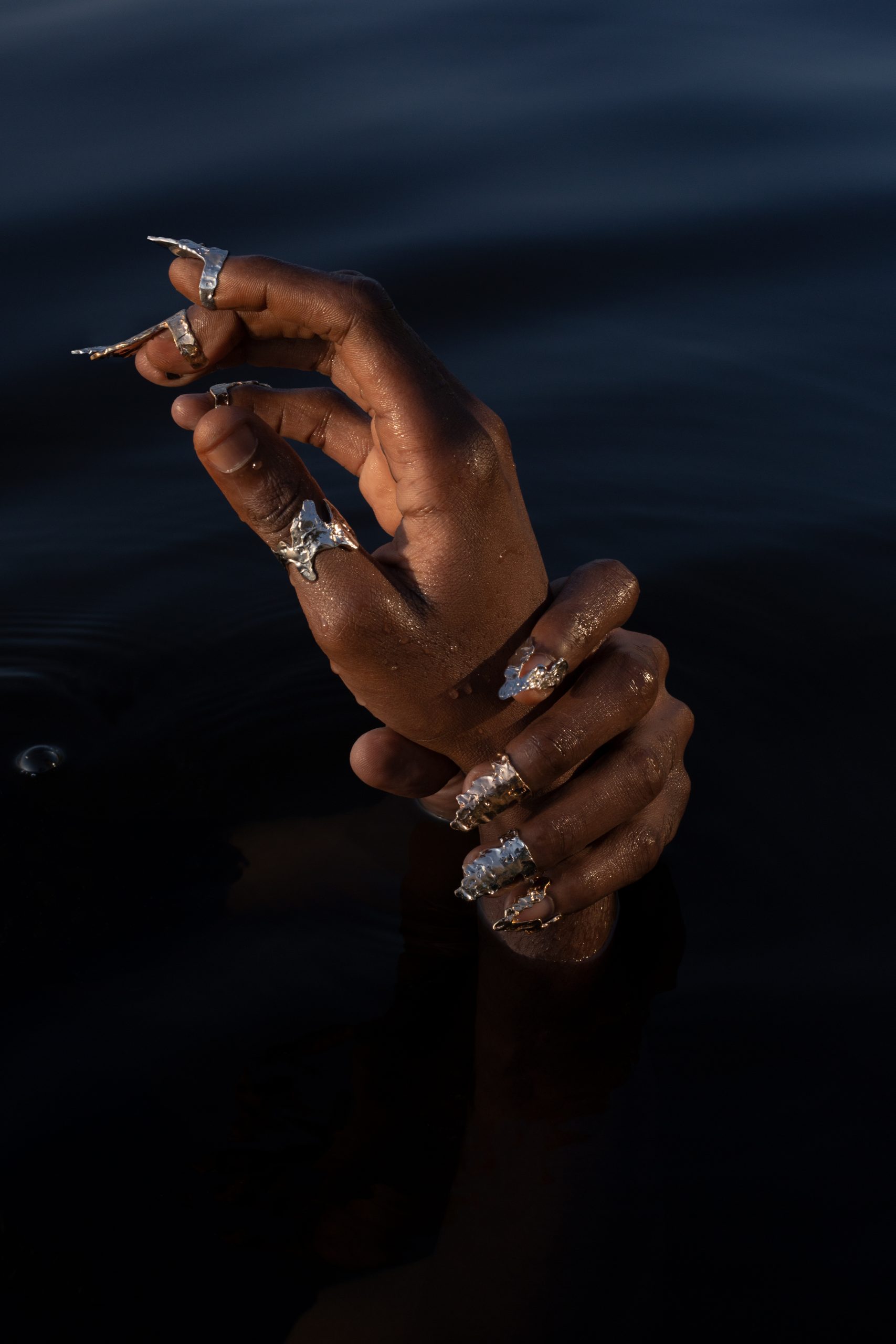

The Raya design style is very much about playfulness. Many of the pieces are not monotone. “The excitement of the design style is seeing the different ways Raya can be worn and interpreted by the customers. We often get questions like ‘Is this how it is supposed to be worn?’ and the answer is that there is no right or wrong way. We design to inspire creativity and boldness in the customer, so in many ways, the Raya design style is a collaborative dance between us and you.”
For Raya’s designs, cultural and personal influences are drawn. Inspiration is everywhere, from architecture to textiles to the hues found in nature. “Looking at a sunset over water could inspire a color combination of blues, yellows, and oranges in a new design. There is no one specific culture, but it is important to be inspired by life in all its forms. Always being open to reinterpreting shapes, colors, and forms, as well as listening to feedback when it’s given from customers or stores on their experiences and style preferences, be they negative or positive.”

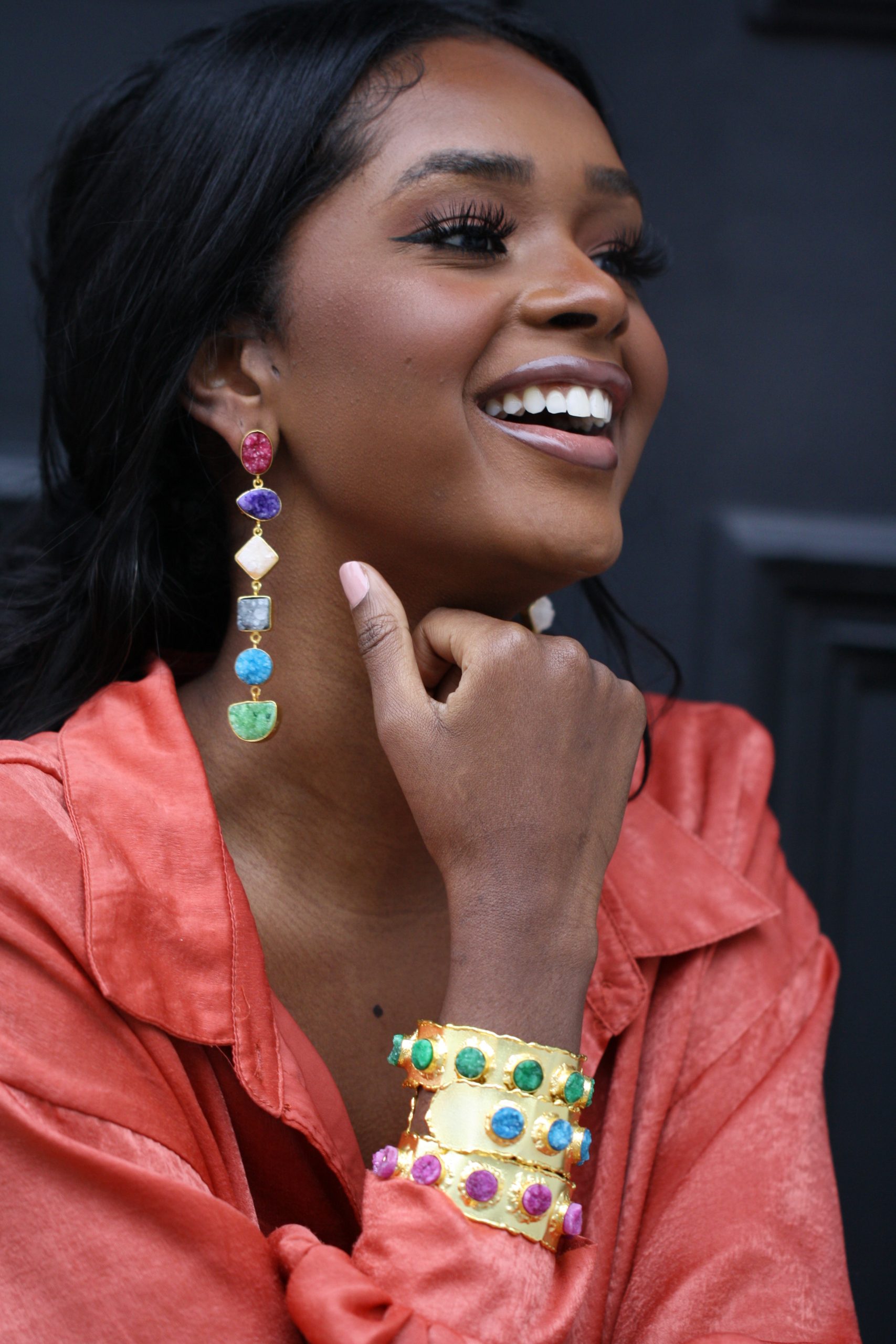
Coming from that, Like magicians conjuring beauty from raw materials, these skilled artisans walk us through their creative process. We trace the inception of an idea to the careful selection of materials, and the transformation of rough sketches into awe-inspiring masterpieces. Brace yourself for a glimpse into the craftsmanship that breathes life into metal and gemstones.
The Creative Process: From Concept to Finished Product
“To create a collection, I always start with a story and an emotion I want to arouse. The current project is to present the Art of Akan jewelry in three different aspects: first, through their manufacturing techniques. Second, through the material they use, which is mainly gold, and finally, the symbolism behind these magnificent pieces. I started this project in 2016.”, Akebehi Kpolo.
“From the project/theme, I do research using documentaries, films, books, images, testimonies, travels, and discussions. I define a mood board and the way I want to tell the story. The pieces of the collection then naturally come to mind. Like the brand name (OHIRI), everything is in perpetual development, maturing gradually. Knowing that nothing is definitive, and nothing is fixed, allows me to be completely free. I allow myself the freedom to modify the structure of a collection at any time.
Although I keep in mind that I have certain requirements to respect towards the rest of the team. Once the collection is defined, I work with the artisans to create it from samples to finished products.”

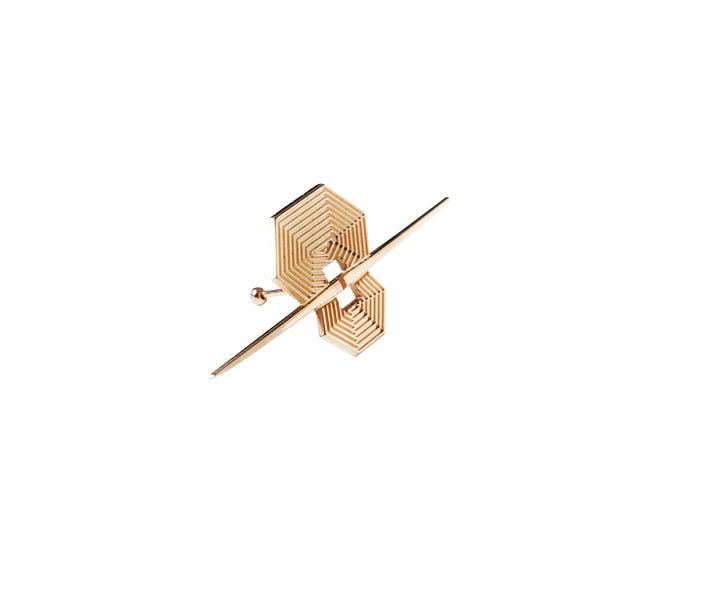
“For many designers, the creative process is relatively similar, no matter the end product. It often starts with market research and trend forecasting, which helps you narrow and focus your design. Creating mood boards helps to stay focused. You can now decide on colors and themes to make a cohesive collection.”, Raya explains.
“Once this is achieved, ideas will naturally form based on the parameters you have set for yourself, and perhaps adjustments made from previous ideas to fit the new design direction. Once the initial designs are created, samples are made and sample corrections are done. Many times ideas that seemed viable or cool in concept, simply don’t work, so testing with samples is important and will save money in the long run. It gives a designer the space and opportunity to tweak or disregard ideas based on functionality or even design integrity. From here the full collection can be produced with confidence.”
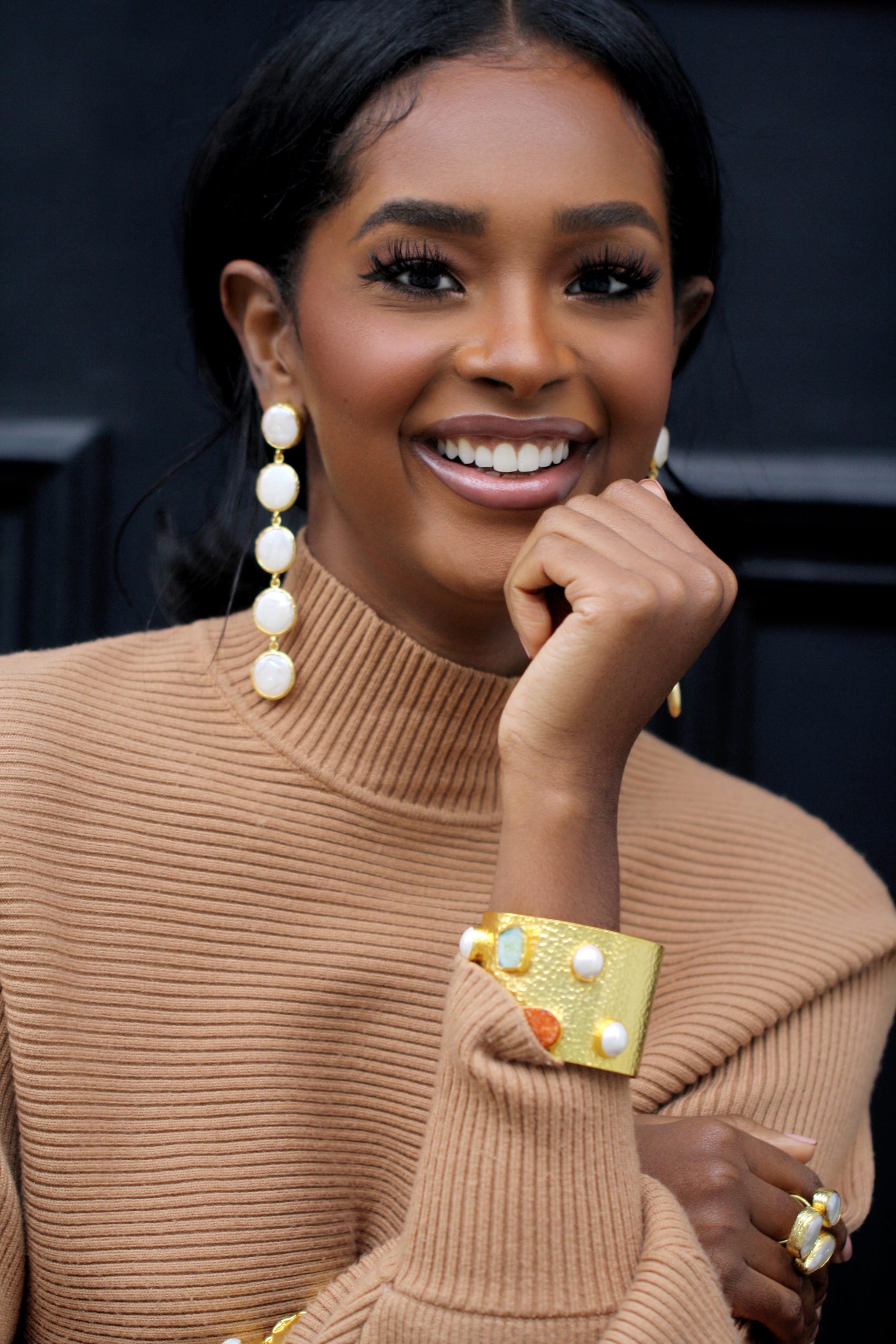

Halina Mulinta works mainly on her own, using traditional methods like lost-wax casting to create her pieces. “Some of my work is also hand-fabricated directly from the metal, this can be a laborious yet deeply satisfying process. My designs are first crafted in wax and then cast into the desired metal such as silver or solid gold, this is a process I outsource as casting metals is another craft in itself!”, Halina.
“I know of jewelers who cast their pieces and I’m in absolute awe. Once the piece is back, I’ll thoroughly clean up any marks or imperfections on its surface before I prepare it for engraving or stone setting. The final stage is polishing the piece to the customer’s request such as high polish, satin finish, etc, making sure the piece looks as desired. Despite the seemingly quick timeline, creating a piece can take several weeks. This time frame allows for designing and deep thought to go into the process.”
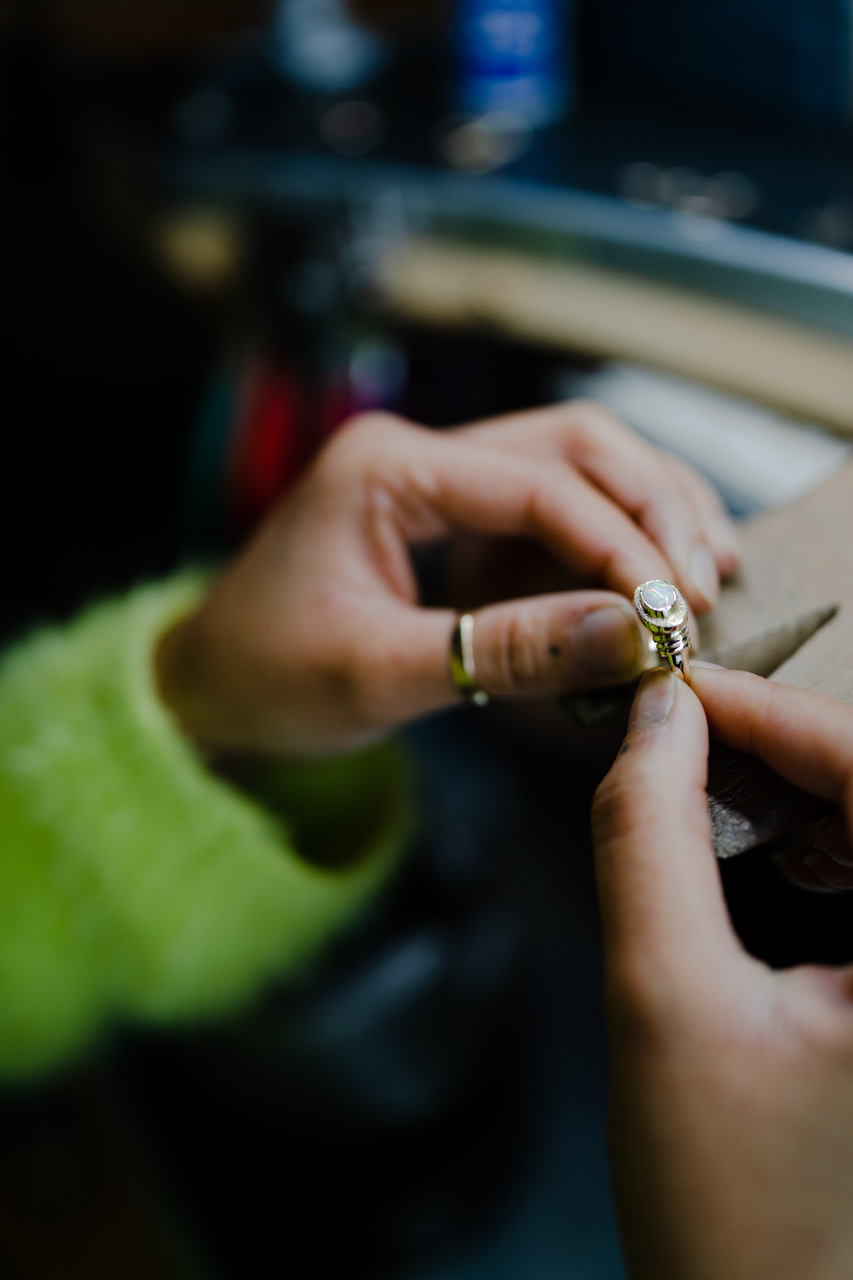

As we immerse ourselves in the brilliance of these captivating accessories, the jewelers graciously share their wisdom on how to infuse statement pieces into your daily ensemble.
Incorporating Statement Jewelry into Your Wardrobe: Expert Advice:
“For anyone looking to incorporate statement accessories into their wardrobe, the most important advice is not to overthink it, just go for it. If you love the piece and you’re excited by it, wear it, and do it with confidence. If it looks good to you, then the confidence with which you wear it will make it look fabulous to everyone else.” – Raya.
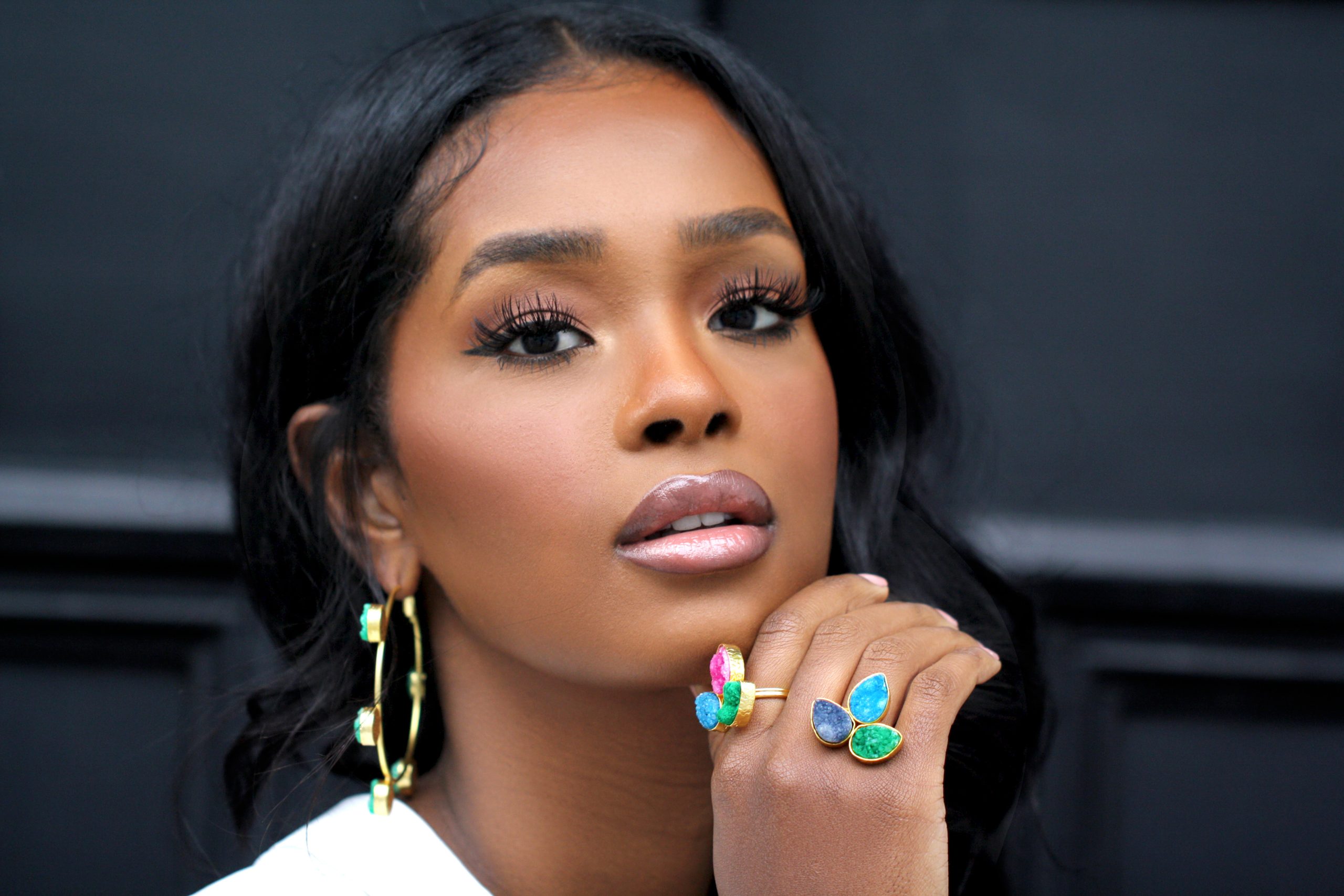

To Akebehi Kpolo, jewelry and accessories speak. To wear an accessory is to initiate a conversation between the piece and the person wearing it. It is also a way for the wearer to express themselves.
“We choose a piece of jewelry for what it makes us feel and for what emotions and reactions we want to stir up. We can choose a very simple accessory but the attitude and the energy that we will have while wearing it will make it important.”
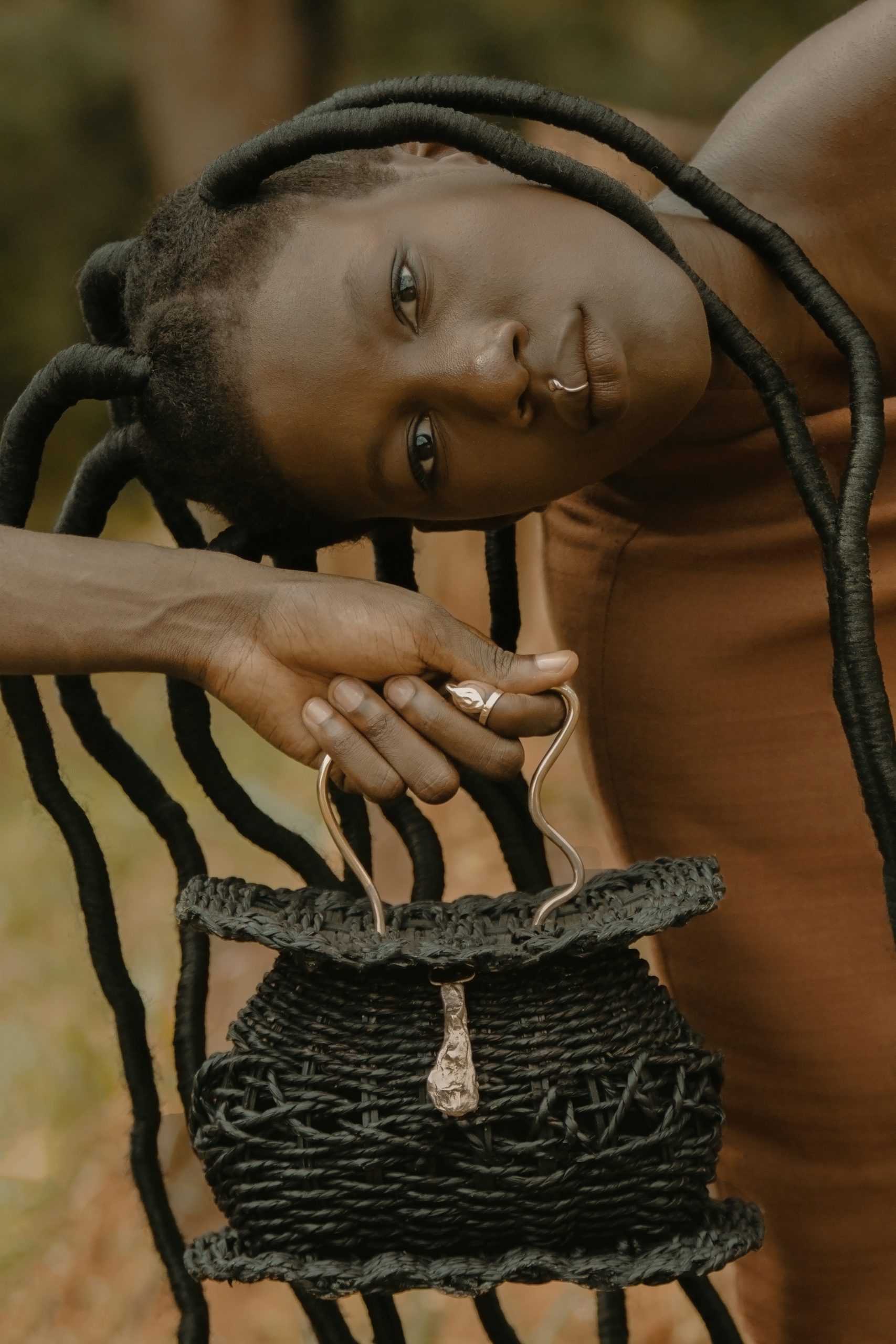
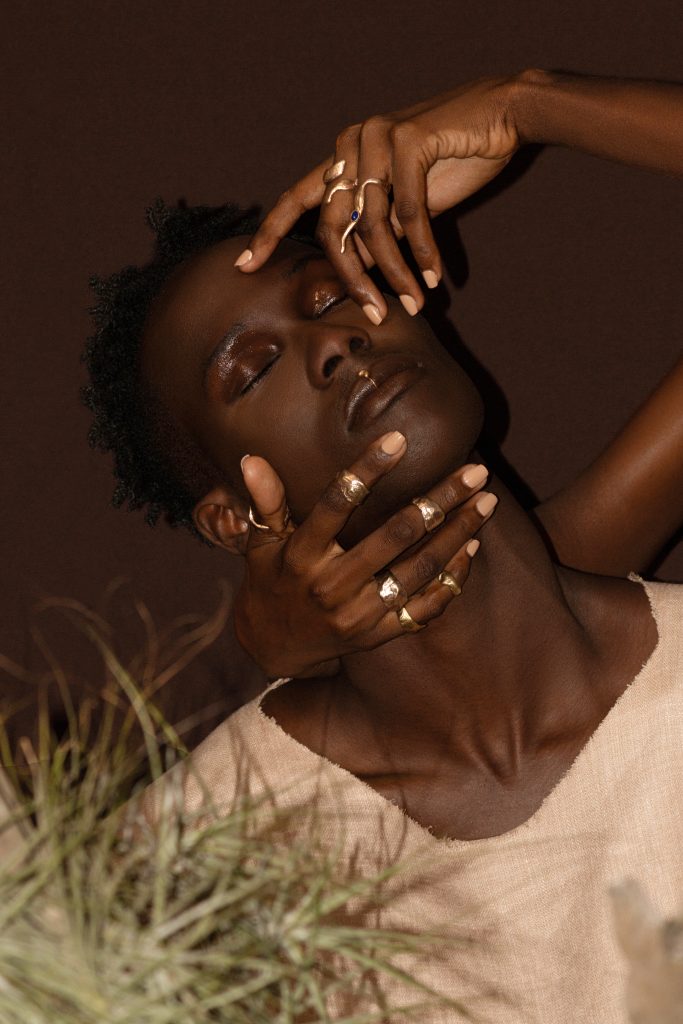
Through the eyes of these talented jewelers, we witness the fusion of personal experiences and African heritage that shapes their extraordinary design styles. You can check Halina Mutinta, Ohiri Studio and Raya jewellery on Instagram.